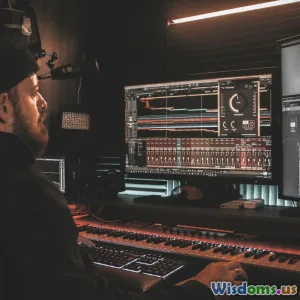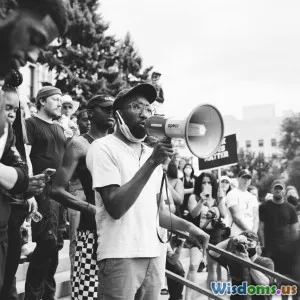
How I Learned Stage Presence from a Local Indie Band
14 min read Discover how observing a local indie band inspired my journey and growth in stage presence as a performer. (0 Reviews)
How I Learned Stage Presence from a Local Indie Band
It’s funny how the most valuable lessons sometimes find you in the most unexpected places. My crash course in stage presence didn’t happen in front of thousands in a stadium or at a glitzy music academy—it happened in a dimly lit bar on a Thursday night, watching a local indie band who, at first glance, didn’t seem to be setting the music world ablaze. Yet, everything I thought I knew about performance was reshaped that night, sparking a personal journey that transformed the way I claimed space on stage.
The Unexpected Teachers
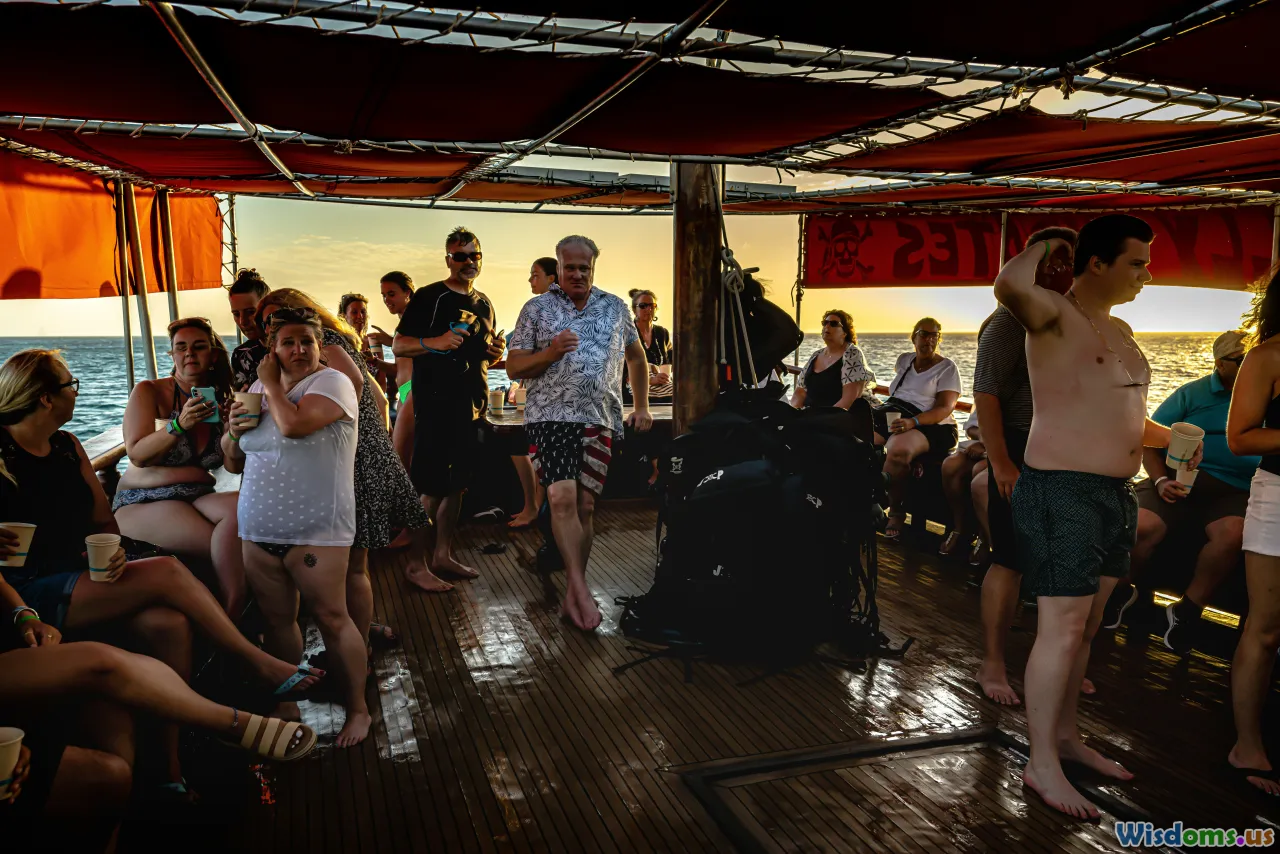
Like many aspiring performers, I initially believed exceptional stage presence was reserved for household names whose charisma seemed effortless. That changed the night my friend Jamie insisted I check out Switchlight, a group making waves among the city’s bar gig circuits. At first, I went along mostly for the company and the cheap cover charge.
Switchlight didn’t have polished dance moves or extravagant light shows. Their backdrop featured hand-drawn posters and string lights, and their entire setup unpacked from a battered van still adorned with peeling stickers. But from the moment they walked onto the stage, they owned it—not with bravado, but with an authenticity that drew every eye.
They entered with quiet confidence. Each member set up their instruments, trading jokes and grins, acknowledging the sparse audience who crowded closer. Instead of awkward shuffling or scripted greetings, they thanked the bar staff, gave a shout out to the late-night kitchen, and cracked inside jokes with their small but loyal following. These unpolished gestures spoke volumes about creating genuine rapport, and I realized confidence isn’t just magnetic lights and showmanship—it’s meeting the audience at eye level, inviting them into your circle rather than forcing them into your world.
Commanding Attention with Authenticity
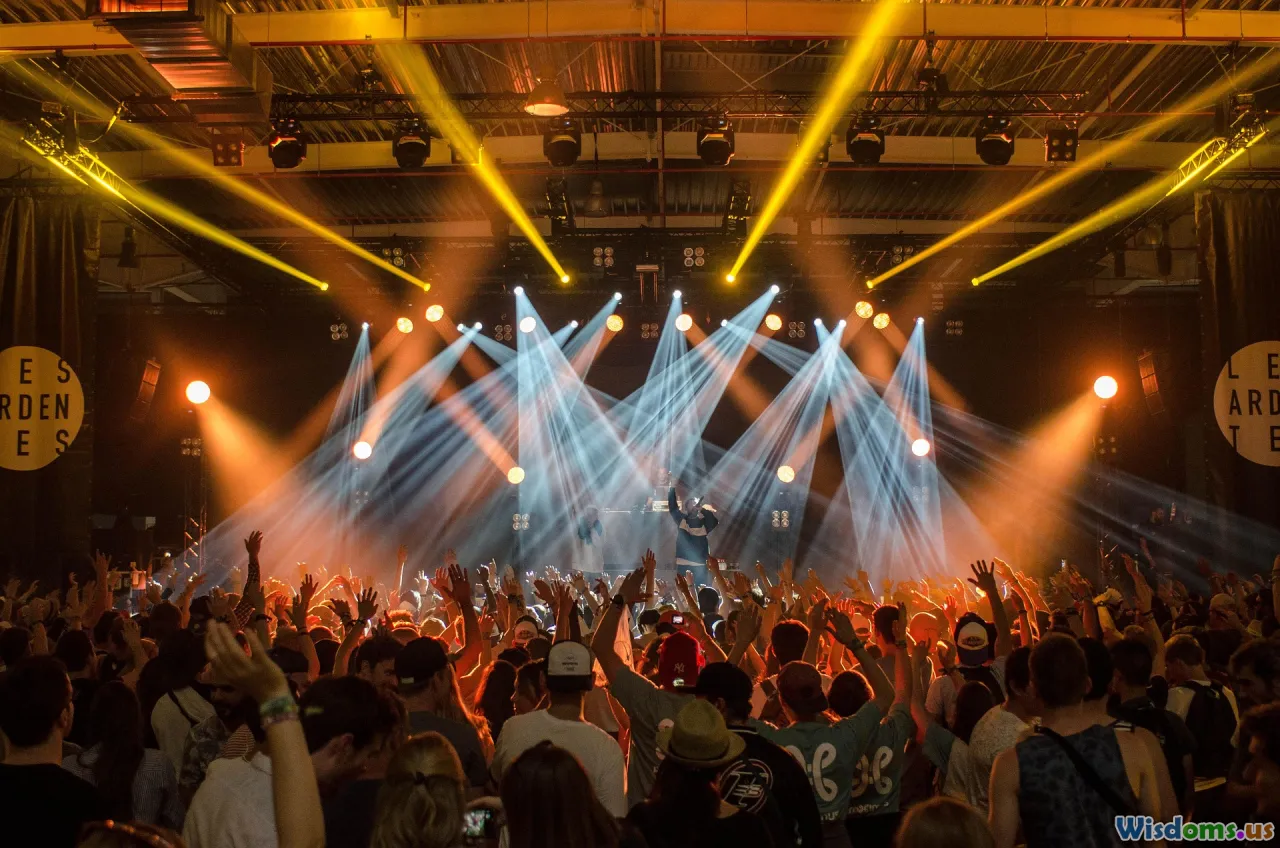
What impressed me most was how Switchlight treated their time on stage: like an intimate conversation, not a one-sided broadcast. There was eye contact, laughter, and an effortless flow. When the lead singer flubbed the intro to a song and stopped short, he shrugged, winked conspiratorially, and started over. The audience cheered harder the second time around.
I soon realized that authenticity triumphs over perfection. Stage presence is less about grandeur and more about bravery—the willingness to be seen, flaws and all. The band's comfort in sharing their honest selves built trust. People responded, not just passively clapping between numbers but catching lyrics, answering call-and-response bits, even singing along to an unreleased track. Instead of carefully cultivated mystique, there was openness: personal stories before songs, giggles over inside jokes, and candid gratitude for the audience's support.
From then on, I made a point to infuse honesty in my performances—if I forgot a chord progression or lost my place, I acknowledged it openly. More often than not, audiences laughed with me, not at me. Vulnerability, I'd learned, was the shortest route to real connection.
Mastering the Unspoken: The Power of Body Language
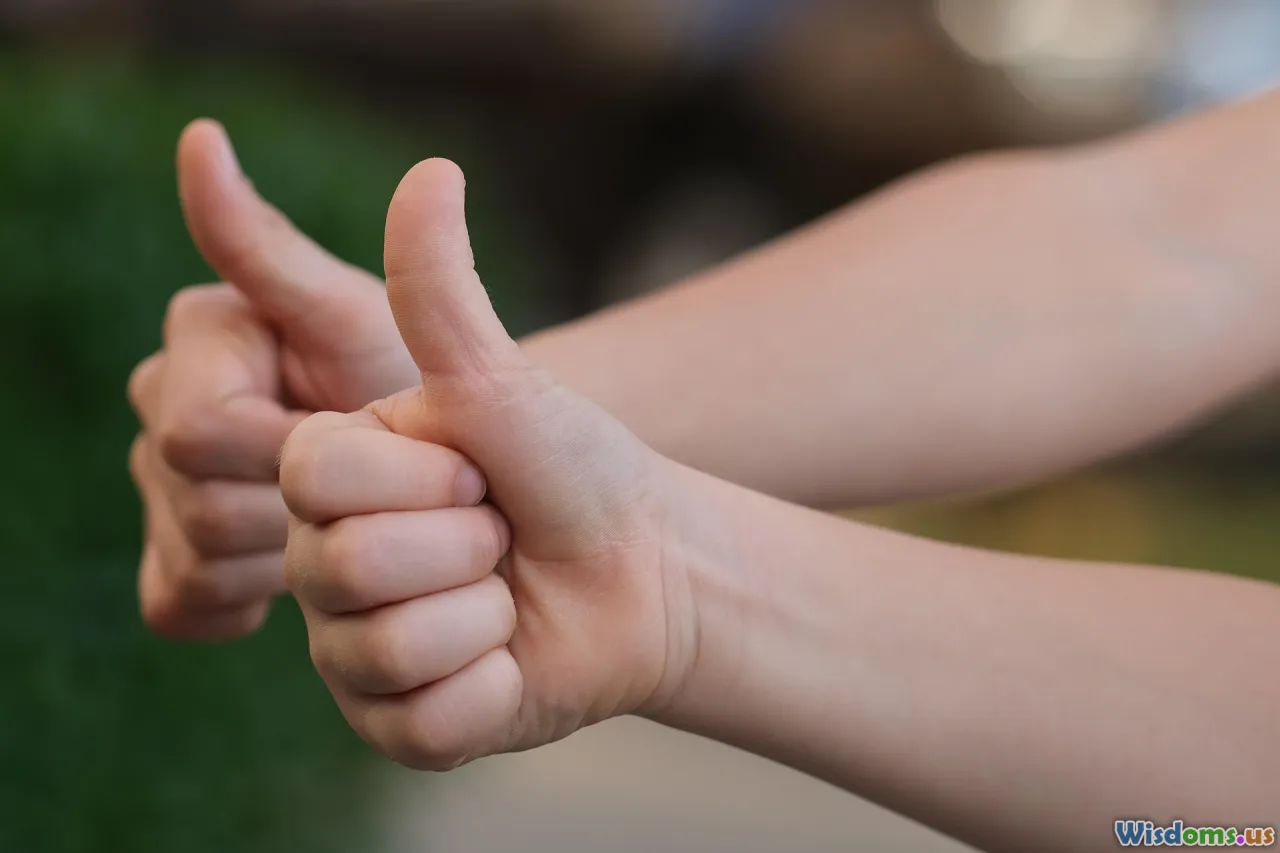
Watching Switchlight, I noticed a symphony outside of the music: nods, posture shifts, and nonverbal signals traded with each lyric. The bassist was a whirl of kinetic energy, bobbing syncopated to the beat—his movement given as much attention as his playing. When a solo approached, the entire band shifted: the rhythm section backed off, the lead guitar angled forward under a pastel spotlight. These cues weren’t choreographed, but they were rich with intention.
I started recording my own rehearsals to examine the silent messages I sent onstage. Was I stiff, rooted to one spot, stoic behind the microphone? How strong was the eye contact with the crowd? Observing Switchlight taught me that presence was communicated whether you spoke or not. Emotional transparency was transmitted by posture, facial expressions, and stance—an emphatic gesture or even simply owning your space on stage.
To improve, I borrowed a dozen Switchlight-inspired tactics:
- Approach the front: Stepping closer to the edge of the stage during intense or intimate song sections makes you more accessible.
- Share energy: Exchange glances and grins with bandmates—it dissolves tension and invites the audience into your camaraderie.
- Use movement wisely: Even a sway or dramatic pause can draw focus, emphasizing emotional turns in a song.
- Mind the hands: Avoid crossing arms or hiding behind stands; open stances project confidence.
As I incorporated these habits, I noticed my own performances generating more engagement—applause, eye contact, and even a few post-show conversations I hadn’t initiated.
Spontaneity and Adaptation: Reading the Room
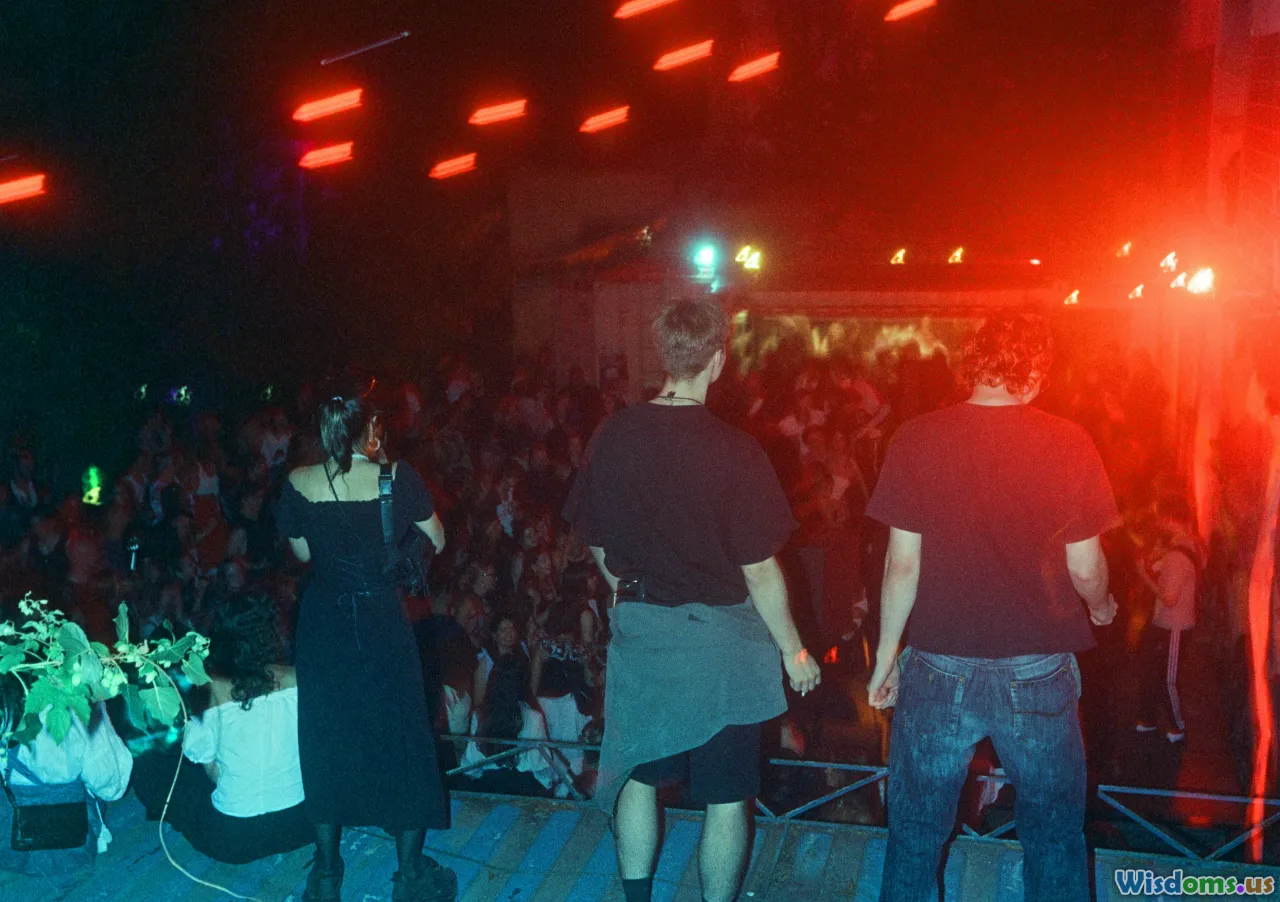
In live performance, unpredictability is a certainty. Tech hiccups, uneven sound engineering, a boisterous table near the back—a million factors can shape the room’s atmosphere. Switchlight excelled at improvising, transforming obstacles into shared experiences.
During my second gig at their show, a guitar string snapped mid-chorus. Rather than panicking or retreating behind the PA system, the guitarist cracked a joke about her "tough luck in G major," swapped out the string with lightning precision, and the rest of the band launched into an impromptu cover while she restrung. The crowd’s hooting and clapping reached a fever pitch. What could have derailed the evening instead became the night’s most memorable moment.
This capacity to read the room and respond with humor, poise, or a pivot is the mark of a true performer, not just a technician. Preparation helps, but the willingness to co-create a night alongside your audience ensures lasting connection. I began rehearsing how to gracefully handle the unexpected—be it technical mishaps or audience requests. Keeping a surplus of jokes and an extra song in the set list quickly became indispensable tools in my kit.
Building Community: The Art of Inclusion
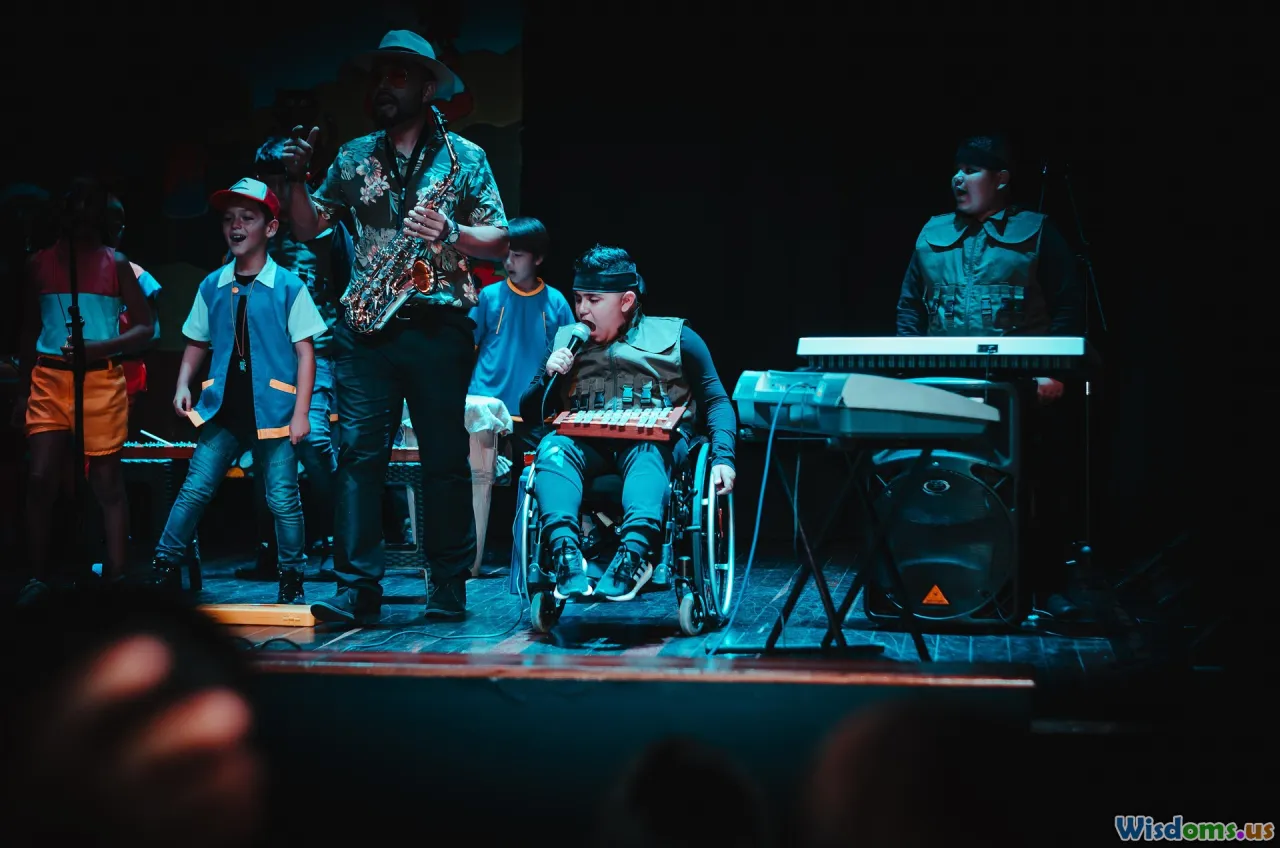
More than once, I’d seen Switchlight call up regulars to join in handclaps or play a tambourine. During one memorable set, they spotted a young fan at the back nervously holding a ukulele. Before the encore, they beckoned her up, let her strum with the band as the crowd whooped in encouragement. That night, the boundary between musicians and audience melted away.
Witnessing this generosity deepened my understanding of stage presence as an act of inclusion. It wasn’t about preening or impressing; it was about extending the experience outward. Collaboration, even if it means letting go of some control, weaves lasting bonds. When I started inviting audience participation—encouraging a group chorus, letting fans shout request suggestions, or sharing the story behind a song—my shows felt less like recitals and more like celebrations.
The benefits multiplied: repeat fans brought friends, engagement online spiked, and each concert’s energy became more communal. Even outside of music, that lesson pervades great speaking and leadership—audiences want to be seen and included, not just entertained at arm’s length.
Embracing Imperfection: The Heartbeat of the Indie Ethos
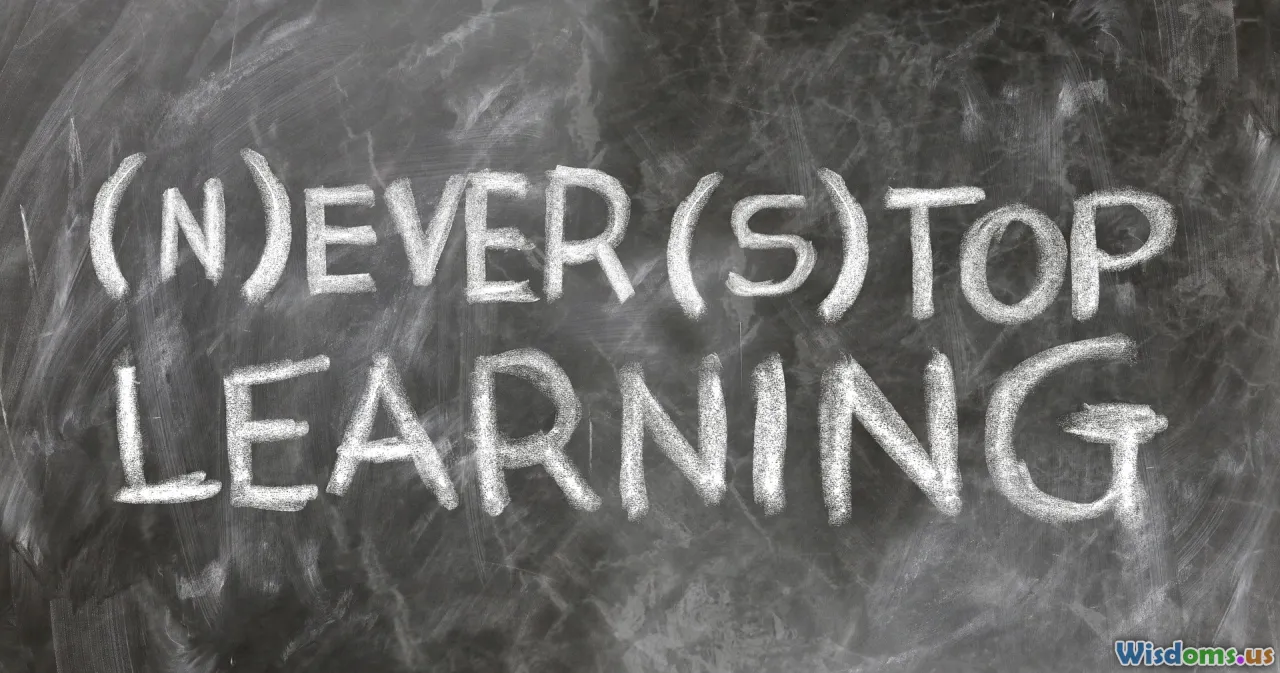
Switchlight weren't flawless—missed notes, a murky mix, even a toppled drum set one raucous evening. Yet these moments painted the most vivid memories and gave performances heart. The crowd rooted harder for them, the band shrugged off mistakes, and no one clung to ego over experience.
For years, I'd rehearsed until every transition was airtight, convinced perfection equated to professionalism. But Switchlight challenged this, infusing each night with risk, adaptivity, and all the adrenaline that comes from not knowing exactly what's next. Perfection mattered less than sincerity, resilience, and knowing how to pick up and laugh at yourself.
I started choosing setlists with tricky passages, performing new material before it was "ready," allowing slip-ups to breathe in the moment. Counterintuitively, the more I embraced imperfection, the greater my connection with the audience became. They didn't come to hear a digital playback—they came for the unrepeatable messiness of a human experience.
Takeaways: Crafting Transformational Presence in Performance—and Beyond

My journey from shy performer to confident presence wasn’t about learning chart-topping hits or developing a signature move. Instead, local indie heroes like Switchlight imparted lessons I bring to every stage, meeting, and conversation:
- Invite the audience in — Let authenticity, not polish, guide your performance. Be relatable and real.
- Show, don’t just play — Use body language and eye contact to express your story. Engage with the space and people.
- Turn blunders into bridges — Mistakes are invitations to connect. Laugh them off and move forward together.
- Look for inclusion opportunities — Value your community by breaking down performer-audience barriers. Participation creates belonging.
- Celebrate the unexpected — View every show as a living exchange; let surprises turn into highlights, not disasters.
These principles extend well outside music. Whether you’re presenting to a crowd, pitching an idea, or trying to make a memorable introduction, presence matters more than perfection, and community always eclipses showmanship.
Now when I step onto any stage—literal or metaphorical—I remember the magic of that unassuming bar, those scrappy musicians, and the crowd’s faces lit not just by stage lights, but by shared experience. Stage presence, I’ve learned, isn’t about towering above a crowd—it’s about standing with them, in the honest, trembling light of a song.
Rate the Post
User Reviews
Popular Posts













